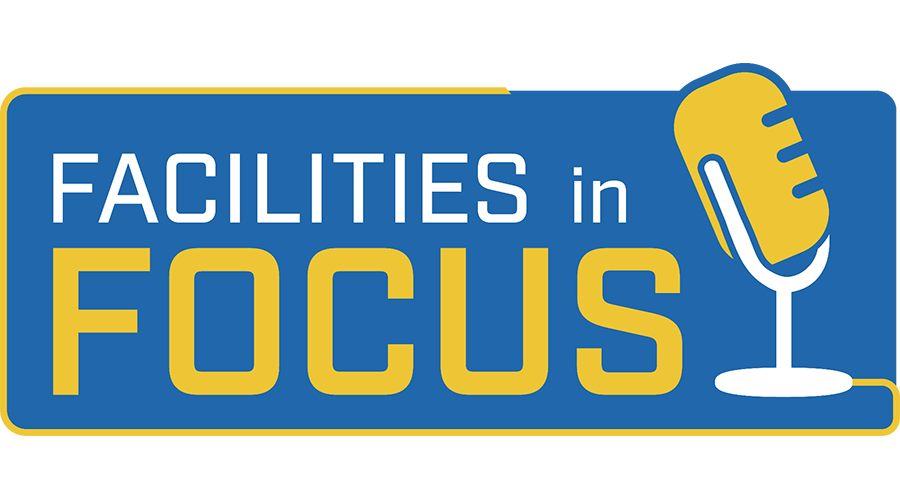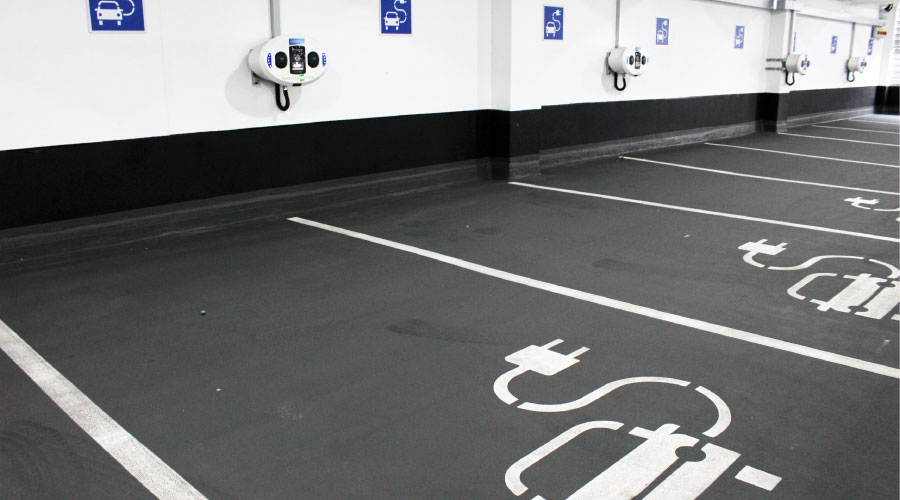U.S. Office Might Bottom Out at Mid-Year, At Best
The market will require about three years of steady economic growth to return to equilibrium, according to analysis by Grubb & Ellis. Although December’s employment report showed a loss of 85,000 payroll jobs, the fourth quarter loss of 208,000 was less than any quarter in the past two years.
The market will require about three years of steady economic growth to return to equilibrium, according to analysis by Grubb & Ellis. Although December’s employment report showed a loss of 85,000 payroll jobs, the fourth quarter loss of 208,000 was less than any quarter in the past two years.
If employers begin adding jobs in the first half of this year, the office market could bottom out as early as mid-year and embark on a gradual, multi-year recovery in the second half of 2010. If there is little job growth until the second half of this year, then the office market recovery could be pushed back to the first half of 2011.
The vacancy rate increased again in the fourth quarter of 2009 but at a more gradual pace than in recent quarters. The year-end rate of 17.4 percent represented an increase of 30 basis points in the fourth quarter, significantly below the increases of 100 and 50 basis points seen in the second and third quarters. Nevertheless, the market has not been this soft in 5 years, says Grubb & Ellis.
Manhattan, Long Island and the adjacent Outer Boroughs were the only three markets in the U.S. to maintain sub-10 percent vacancy rates at year-end. However, asking rental rates for Class A space in Manhattan slipped by about 20 percent over the past year while generous concession packages offered to tenants reduced effective rates even more.
Vacancy was highest in Phoenix at 26.6 percent, two percentage points above second-to-last place Detroit. During 2009, vacancy rose by more than 10 percentage points in Silicon Valley, the fastest increase in the nation. Numerous other markets recorded year-over-year vacancy increases of at least five percentage points, led by Seattle, Miami and Las Vegas.
Fourth-quarter absorption totaled negative 7.3 million square feet, the shallowest decline of any quarter in 2009. Of the 62 major markets tracked in detail by Grubb & Ellis, only eight recorded positive absorption last year.
Space under construction drifted lower for a sixth consecutive quarter, ending 2009 at 34 million square feet. The pipeline will be minimal by mid-year. New York and Washington, D.C. accounted for one-third of the space still in the pipeline.
Available sublease space inventory in the fourth quarter declined to just under 120 million square feet compared with nearly 124 million square feet in the third quarter. Some of this space reverted back to the landlord as the underlying leases expired, but most of the reduction was due to sublease deals transacted at market-clearing rates combined with the addition of less new sublease space in the fourth quarter.
Asking rental rates eased lower in the fourth quarter with Class A and B rates down by 0.7 and 1.0 percent respectively. Much like vacancy, the rate of softening in asking rents was more gradual in the fourth quarter than in the prior two quarters. During 2009, Class A and B asking rates slipped by 5.0 and 4.6 percent, respectively, although effective rates were down more sharply.
Related Topics:











